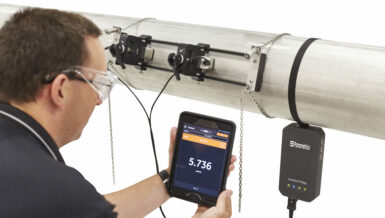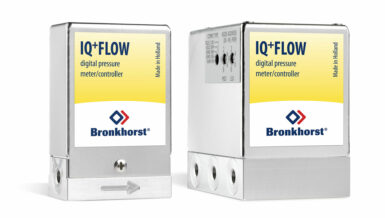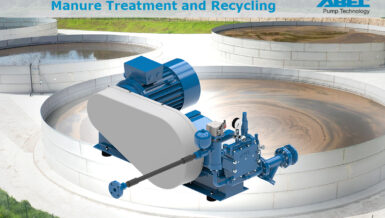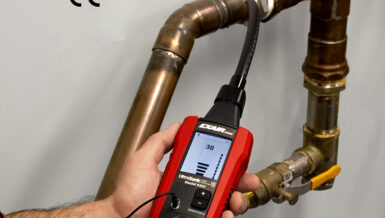According to the Occupational Safety and Health Organization (OSHA), at least 22 million workers are exposed to potentially damaging noise every year. While noise-induced hearing loss (NIHL) is 100% preventable, many employers don’t take the right precautions to keep their employees safe.
To provide workers with more protection from NIHL, OSHA began penalizing organizations. In 2017 alone, employers were required to pay $1.5 million in penalties for not protecting their employees from noise. A recent estimate from OSHA reveals that that an estimated $242 million is spent annually on workers compensation claims for hearing loss. That amount can be vastly reduced by supplying employees with the correct personal protective equipment.

OSHA Exposure Limit
Exposure to loud noise kills the nerve endings in your outer ear. Continuous exposure results in extensive nerve damage, resulting in permanent hearing loss. High noise levels are unavoidable in some workplace settings, including manufacturing and high-pressure applications, but hearing damage is avoidable with proper ear protection.
In 1981, OSHA created regulations to protect employees from noise related workplace injuries. These regulations required employers to create a Hearing Conservation Program for circumstances in which employees are exposed to a time-weighted average noise level of 85 decibels (dBa) or higher throughout an eight-hour workday.
Under a Hearing Conservation Program, employers must take precautionary measures such as:
- measuring the noise level
- offering free annual hearing tests
- providing hearing protection and training
- evaluating safety measures
If these practices are not in place, companies must ensure that workers are exposed to less than 85dBa by changing work practices, tools, and equipment.
Designing equipment for a safer workplace environment
Safety is at the heart of what we do and given the potential dangers workers experience every day, Haskel engineers designed our newest gas booster to operate at unmatched low noise levels.
Unlike most pneumatic and hydraulic industrial gas boosters that are extremely loud, our Q-Drive’s servo drive motor operates at a safe level of <80dBA while still offering up to 6,500 psi for high-pressure applications. By operating under OSHA’s maximum exposure level, Q-Drive removes the pressures of regulatory scrutiny, along with eliminating Hearing Conservation Programs.
In addition to freedom from OSHA’s programs, Q-Drive’s low operating noise levels allow workers to spend more time around the high-pressure equipment, which translates into a more streamlined production process.
Noise pollution has a significant effect on both the health and productivity of employees while on the job, but Haskel’s Q-Drive gas booster is paving the way for a safer future of compression technology. Its user interface optimizes operational user capabilities, safety, and improves functionality making it an ideal choice for your high-pressure application.










